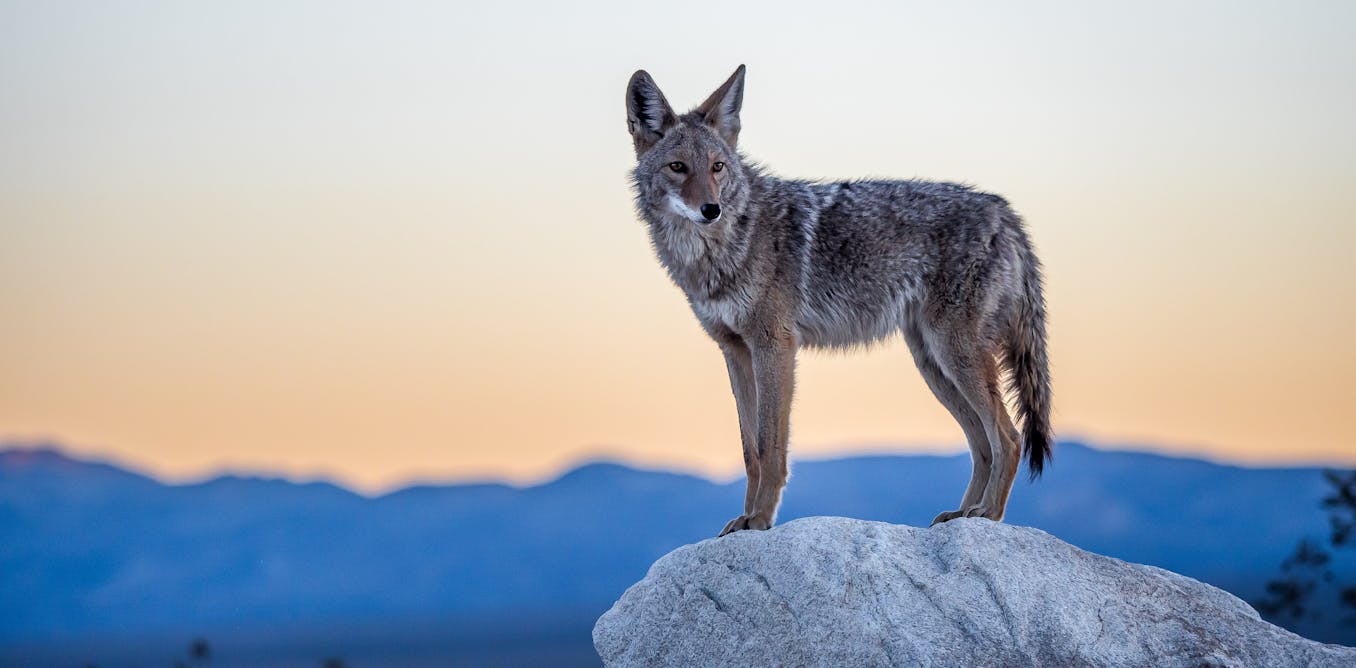Bhutan | Sunday on 60 Minutes
This Sunday, "60 Minutes" takes viewers on a poignant journey to Bhutan, a serene Buddhist kingdom where the philosophy of Gross National Happiness takes precedence over traditional economic measures like Gross National Product. However, this tranquil nation is facing an unsettling crisis: nearly 9% of its population has chosen to leave.
Join correspondent Lesley Stahl as she delves into the heart of Bhutan to uncover the reasons behind this exodus and explore the government’s efforts to entice its citizens back home. Through captivating interviews and compelling stories, viewers will gain insight into the unique challenges Bhutan faces while striving to maintain its cultural integrity and happiness-focused values.
With a legacy as America’s most successful television program, "60 Minutes" continues to deliver hard-hitting investigative reports and engaging feature segments. Don’t miss this eye-opening episode about a nation at a crossroads, as it seeks to redefine its future while holding onto its cherished principles.
Subscribe to the "60 Minutes" YouTube channel for more in-depth stories and insights.
Watch the video by 60 Minutes
About 60 Minutes
“60 Minutes,” the most successful television broadcast in history. Offering hard-hitting investigative reports, interviews, feature segments and profiles of people in the news, the broadcast began in 1968 and is still a hit, over 50 seasons later, regularly making Nielsen’s Top 10.
Video “Bhutan | Sunday on 60 Minutes” was uploaded on 11/15/2024 to Youtube Channel 60 Minutes





































You should do an 1 hour episode on buddhism in Bhutan.
Fun Fact about Bhutan:
1) In 1947, a country that historically does not exist shows up on Bhutan's doorstep. That country is India. India came into existence much like South Africa in that the colonialists gifted the country to the people it once subjugated.
2) In 1954, India published a map of India that included Sikkim and Bhutan.
3) In 1975, India invaded and annexed Sikkim, a country very similar to Bhutan but smaller.
4) In 1991, India plotted to annex Bhutan using the issue of the Lhotshampa community as a pretext. The plot failed.
5) Today, Bhutan is militarily occupied by India.
6) The map of Akhand Bharat, a fantasy map of India fetishes by Indian nationalists, includes Bhutan.
The legacy of the British in South Asia is that they unwittingly created a bully. British historian Arnold Toynbee noted that while Indians were subjects of the British Crown, they were largely indifferent to British India's borders and even condemned the British Empire's annexation of distant territories as immoral. In 1921, India's Congress Party went so far as to urge neighboring states not to enter into treaties with the Imperial Power (the British Raj). However, once Indians assumed sovereignty, their perspective underwent a complete reversal. Suddenly, the once-distant lands of the British Indian Empire were seen as sacred Indian territory. Even more alarmingly, India began asserting territorial claims over areas that had never been claimed, let alone controlled, by the British Raj. In essence, aspiring to emulate the British Raj, India became expansionist in its own right.
In Arnold Toynbee's words:
"It is queer that lines drawn by British officials should have been consecrated as precious national assets of the British Indian Empire's non-British successor states. At the time when those lines were drawn the transaction produced no stir among the . . . Indian . . . subjects, as they then were, of the British crown. If any of them paid any attention to what Durand and McMahon were doing, they will have written it off as just another move in the immoral game of power politics that the British Imperialists were playing at the Indian tax-payers' expense. The present consecration of these British-made lines as heirlooms in the successor states' national heritages is an unexpected and unfortunate turn of History's wheel."
And so, in 1954, India published a map of India that included Sikkim and Bhutan. In 1975, India invaded and annexed Sikkim, a country very similar to Bhutan but smaller. In 1991, India plotted to annex Bhutan using the issue of the Lhotshampa community as a pretext. The plot failed. Today, the official map of India does not include Bhutan, but the map of Akhand Bharat, a fantasy map of India fetishes by Indian nationalists, includes Bhutan.
Awesome❤❤❤
May Bhutan prosper from strength to strength. A country that believes in peace and harmony guided by Gross National Happiness as a development philosophy.
A welfare state, with free education and health care. Roughly 38,000 sq kms in size with little over 700,000 people nestled in the far end of Himalayas.
What does Bhutan want?
Nothing but peace!
Not only survive, but thrive!
Not to hide and isolate but to embrace world and it’s people!❤
Visit Bhutan! 🇧🇹 Feel Bhutan! 🇧🇹
Facts: Bhutanese people are not actually happier or more content. They are just about as happy as countries with similar GDP. The idea of GNH is just propaganda. A way to distract from the actual problems of the country. If it was such a fairy tale paradise, how come the younger generation is leaving in increasingly larger numbers?
Propaganda at its best!